Our delicate painting presents the Virgin Mary surrounded by a halo and three benevolent angels in the privacy of her home. The very young woman dressed in red, her hair loose held by a frontal crown, is absorbed in her work. The intensity of the warm light that illuminates the scene amplifies the impression of calm and gentleness that reigns in the composition. To add to the preciousness of the work, the crown and the fringes of the curtain in the background are painted in gold. Our artist, a contemporary of Guido Reni, takes up one of the two versions of the same subject painted by the Guide: The Virgin Sewing. The first (which our painter endeavored to reproduce) is also made on copper and its dimensions are identical to ours; the second presents the Virgin in a white dress and surrounded by four angels. These two paintings had disappeared for more than two centuries and were only known through texts, engravings or copies. And this, until 2001, when the first version reappeared on the art market and was sold for €170,000 at the Hôtel Drouot. This painting, which was part of the royal collection, is said to be the counterpart of "The Virgin, the Child Jesus and Saint John the Baptist" kept at the Louvre Museum.
Like a jewel case, the rich French frame in carved and gilded wood from the Louis XIV period adds an additional touch of refinement.
Dimensions: 29 x 21.5 cm - 43 x 35 cm with the frame
Sold with invoice and certificate
Biography: Guido Reni (Bologna 1575 - Id. 1642) is one of the most influential Italian painters of his time. He began his apprenticeship with Denys Calvaert, then deepened his knowledge within the Carracci academy. In 1601, he traveled to Rome where he studied Raphael. From then on, Reni would constantly divide his time between Rome and Bologna, where his success was immense. A symbol of the Bolognese school, his style was marked by the manner of artists of the early Renaissance, whose drawing tended towards the search for an ideal of beauty. He was nevertheless a fully baroque painter at the time of the Counter-Reformation, using chiaroscuro and painting rolled gazes to convey the divine ecstasy that animated his subjects. Commissions poured in constantly and Reni ran two workshops in Bologna, where he had up to two hundred students who would later extend his art, such as Simone Cantarini, Guido Cagnacci, Giovanni Andrea Sirani.
Bibliography:
- ECLERCY Bastien, BRADY Aoife, Guido Reni the Divine, exhibition catalog at the Städel Museum in Frankfurt November 23, 2022 to March 5, 2023, - - HATJE CANTZ, 2022. SPEAR, Richard E., The 'Divine' Guido: Religion, Sex, Money and Art in the World of Guido Reni, Yale University Press, 1997.
- PEPPER, Stephen, Guido Reni l'Opera completa, Istitito Geografico de Agostini, 1988
- Guido Reni, 1575-1642, Pinacoteca Nazionale, Bologna, Los Angeles County Museum of Art, Kimbell Art Museum, Fort Worth September 5 - November 10, 1988.
- PIRONDINI Massimo – NEGRO Emilio, La scuola di Guido Reni, Artioli, Modena, 1992.



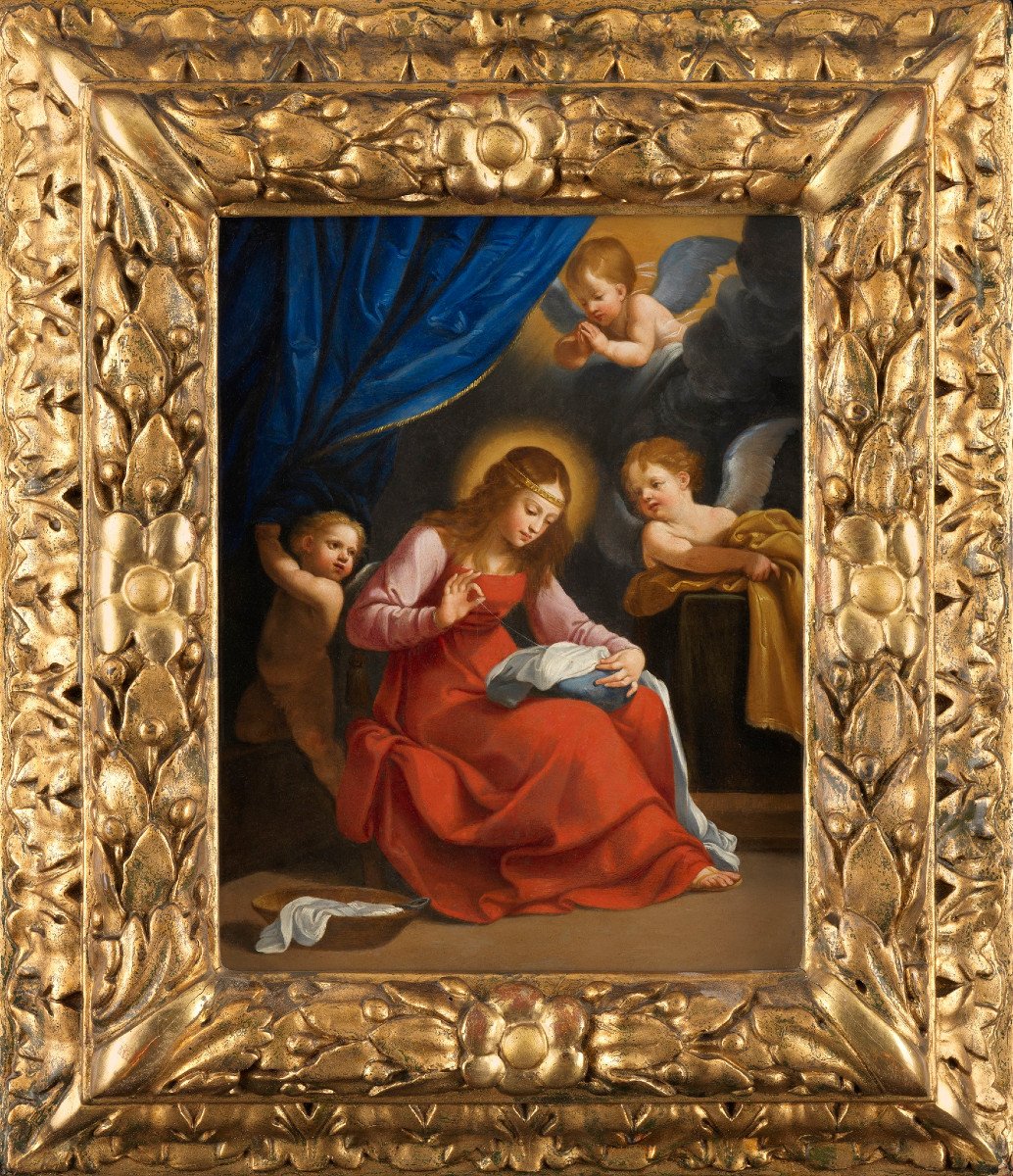
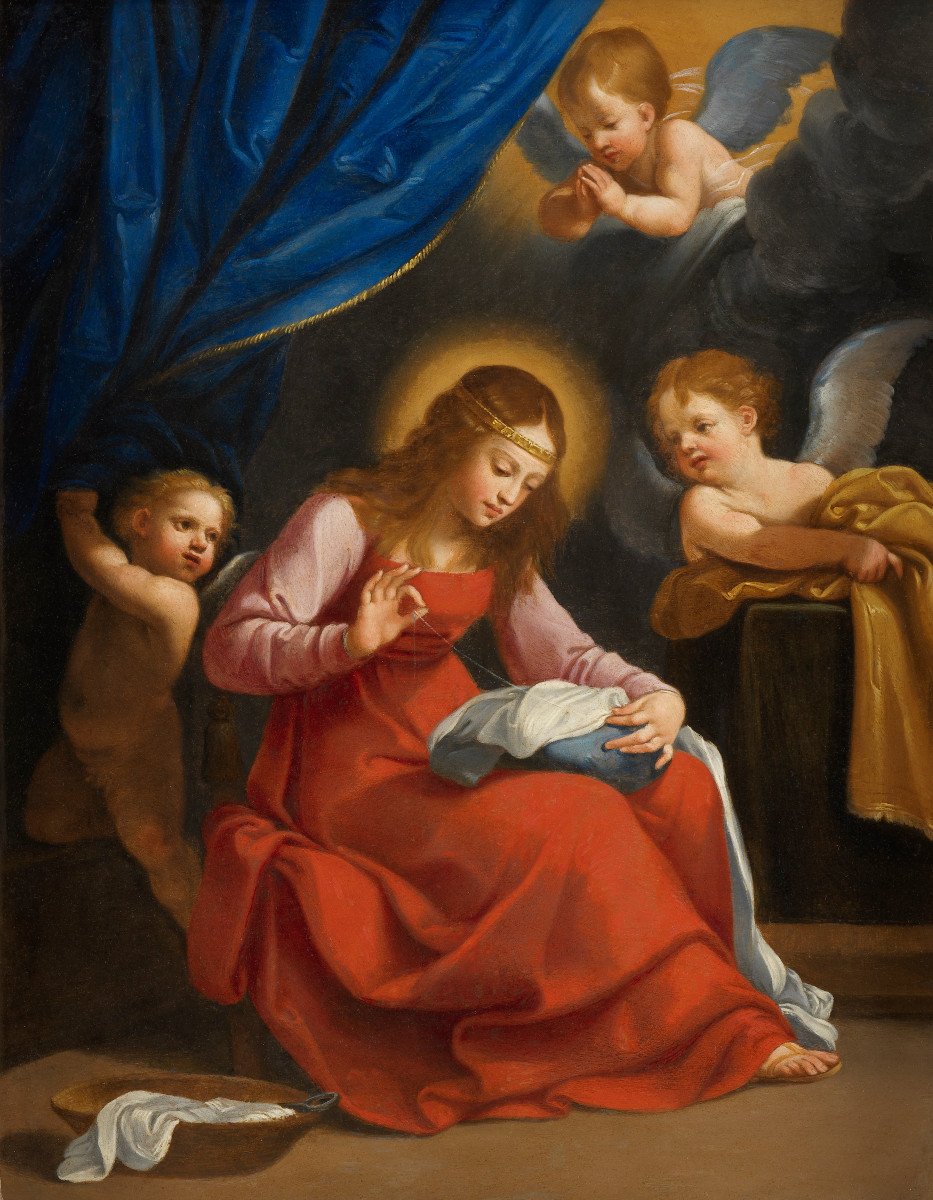
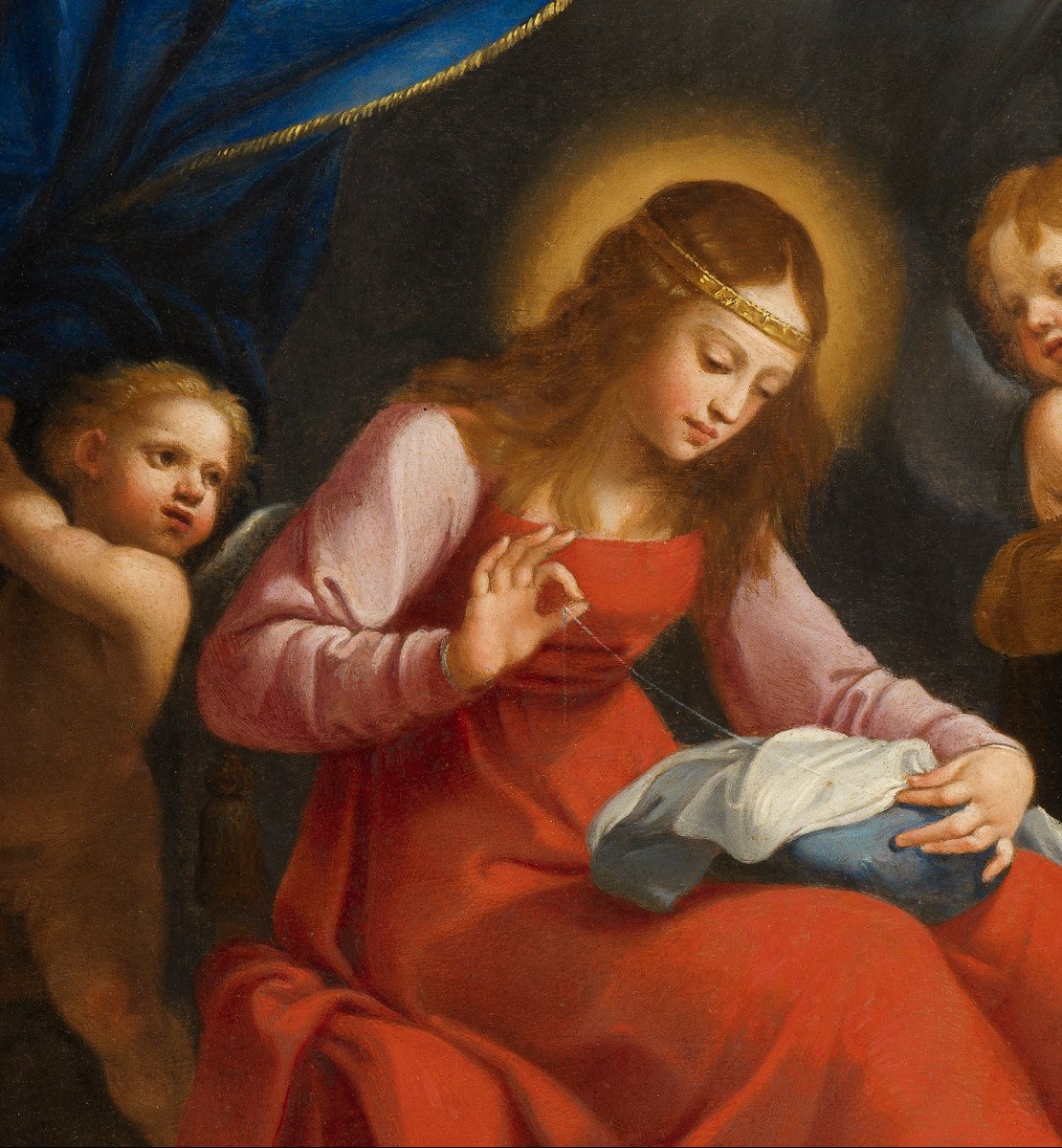
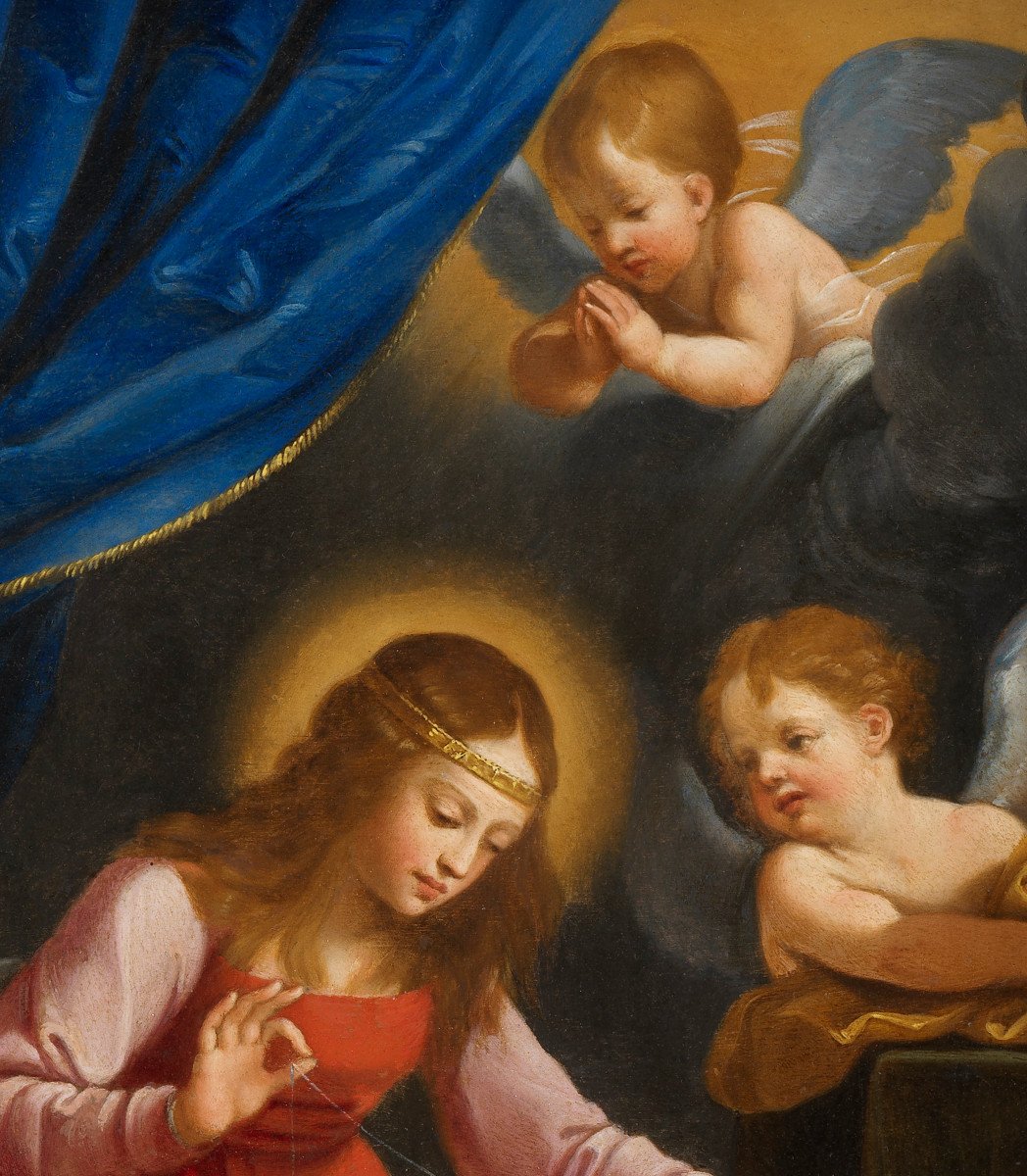
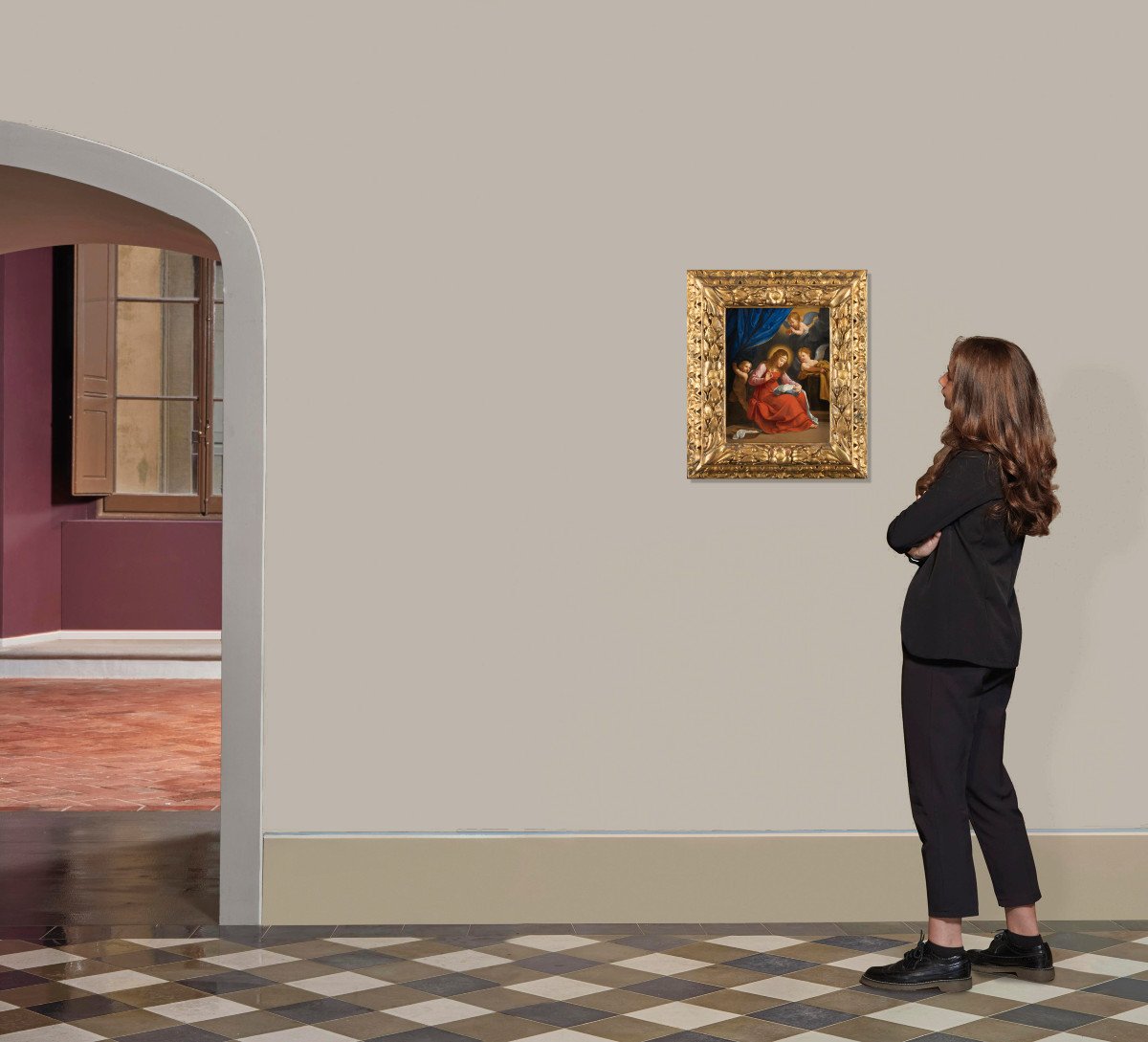


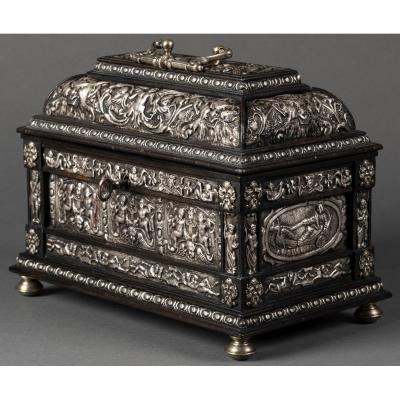
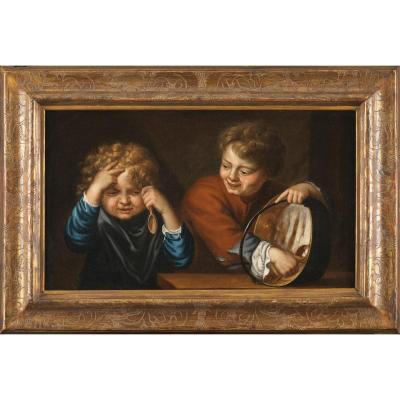
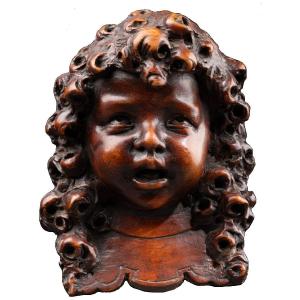

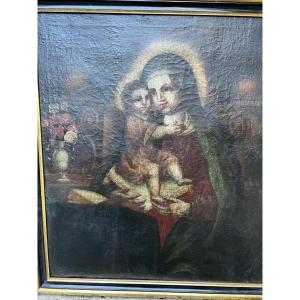
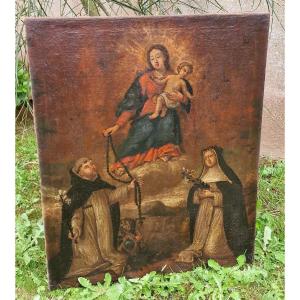



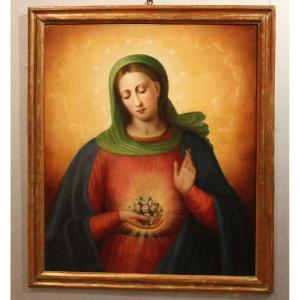




 Le Magazine de PROANTIC
Le Magazine de PROANTIC TRÉSORS Magazine
TRÉSORS Magazine Rivista Artiquariato
Rivista Artiquariato
